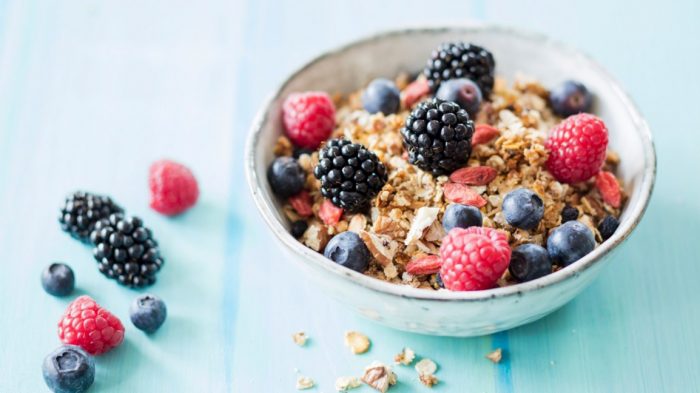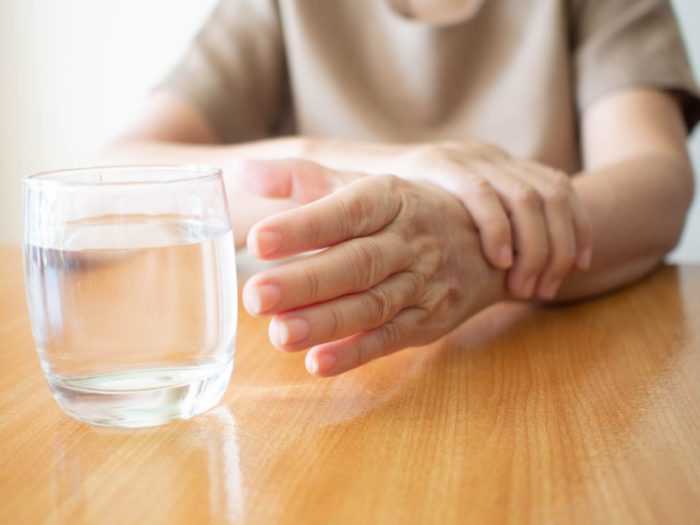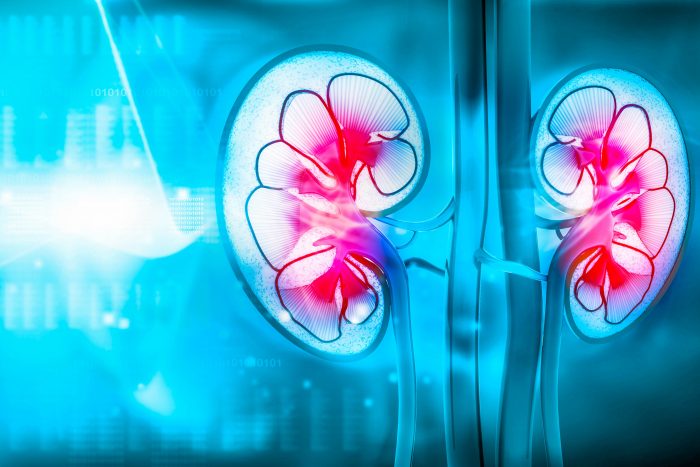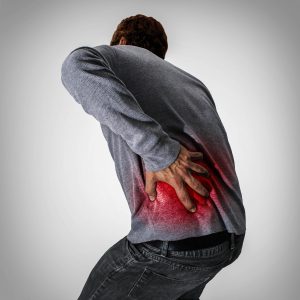Excess fat contributes to increased inflammation
By David Dunaief, M.D.

Obesity is an ongoing struggle for many in the United States. If you, like many, put on some extra pounds during the past 18 months, it’s even more concerning.
Obesity is a disease unto itself and is defined by a BMI (body mass index) of >30 kg/m2, but obesity can also be defined by excess body fat, which is more important than BMI.
Poor COVID-19 outcomes have been associated with obesity, especially in the U.S. In a study involving 5700 hospitalized COVID-19 patients in the NYC area, the most common comorbidities were obesity, high blood pressure and diabetes (1). Of those who were hospitalized, 41.7% were obese.
In a study in China, results showed that those who were overweight were 86 percent more likely to have severe COVID-19 pneumonia, and that percentage increases to 142 percent when obesity is reached (2).
In fact, one study’s authors suggested quarantining should be longer in obese patients because of the potential for prolonged viral shedding compared to those in the normal range for weight (3).
And though age is a risk factor for COVID-19, among those younger than 60 and obese, there is a two-times increased risk of being admitted to the hospital, according to a 3,615-patient study at NYU Langone Health (4).
While these studies do not test specifically for the more recent variants, I would expect the results are similar.
Why is risk for severe COVID-19 higher with obesity?
According to the prevailing theory, obesity may interfere with mechanical aspects of breathing, thus increasing airway resistance and make gas in exchange more difficult in the lung. It may also impede on lung volume by exerting pressure on the lungs and may involve weaker muscles necessary for respiration (5).
Why is excess fat more important than BMI?
First, some who have elevated BMI may not have a significant amount of fat; they may actually have more innate muscle. More than 25 percent of my patient population is “solidly built,” which means they have greater muscle mass as well as too much excess fat. Visceral fat is the most important, since it’s the fat that lines the organs, including the lungs.
For another, fat cells have adipokines, specific cell communicators found in fat cells that communicate with other fat cells but also other systems such as the brain, immune system, muscles, and liver. Adipokines can be mediators of both inflammation and insulin resistance, according to an endocrinology study (6). In a study of over 4,000 patients with COVID-19, the author suggests that inflammation among obese patients may be an exacerbating factor for hospitalizations and severe illness (7).
If we defined obesity as being outside the normal fat range – normal ranges are roughly 11-22 percent for men and 22-34 percent for women – then close to 70 percent of Americans are obese.
Inflammation reduction and weight-loss combined
In a randomized controlled trial with 75 participants comparing a plant-based diet to a control diet, there was a greater than 14 lbs. weight reduction and roughly 10 lbs. fat reduction over a 14-week period (8). Of the weight lost, about 70 percent was excess fat. Remember, excess body fat, through adipokines, may be inflammatory and increase the risk of severe COVID-19.
The weight reduction with a plant-based approach may involve the increase in fiber, reduction in dietary fat and increased burning of calories after the meal, according to Physician’s Committee for Responsible Medicine (PCRM) (9).
You also want a diet that has been shown to reduce inflammation.
We recently published a study involving 16 patients from my clinical practice. It shows that those who ate a whole food plant-based LIFE (low inflammatory foods everyday) diet over a seven-day period had a significant decrease in inflammation measured by hsCRP (high sensitivity c-reactive protein). This occurred in those who completely changed their diets to the LIFE diet, but also occurred in those who simply added a greens and fruit-based smoothie daily to their existing diet (10).
In my practice, I have seen a number of patients lose a substantial amount of weight, but also body fat, over a short period. For instance, a 70-year-old male lost 19 lbs. of weight and 12 lbs. of body fat over a six-week period. His inflammation, which was very high to start, dropped substantially to the border of optimal levels, using hsCRP as the inflammation measurement. This patient and many others have seen tandem reductions in both weight and inflammation. To boot, this was a cardiac patient whose cardiologist had considered a stent, but later said he did not need it after reducing his inflammation.
If the continuing COVID-19 concerns do not convince you that losing excess fat is important, then consider that obesity contributes to, or is associated with, many other chronic diseases like cardiovascular disease, high blood pressure, and high cholesterol, which also contribute to severe COVID-19. Thus, there is an imperative to lose excess body fat.
References:
(1) JAMA. online April 22, 2020. (2) Clin Med (Lond). 2020 Jul; 20(4): e109–e113. (3) Acta Diabetol. 2020 Apr 5: 1–6. (4) Clin Infect Dis. 2020 Jul 28;71(15):896-897. (5) Chron. Respir. Dis. 5, 233–242 (2008). (6) Front Endocrinol (Lausanne). 2013; 4:71. (7) MedRxiv.com. (8) Nutr Diabetes. 2018; 8: 58. (9) Inter Journal of Disease Reversal and Prevention 2019;1:1. (10) Am J of Lifestyle Med. online Oct. 5, 2020.
Dr. David Dunaief is a speaker, author and local lifestyle medicine physician focusing on the integration of medicine, nutrition, fitness and stress management. For further information, visit www.medicalcompassmd.com.
















